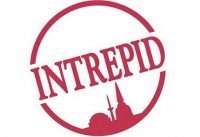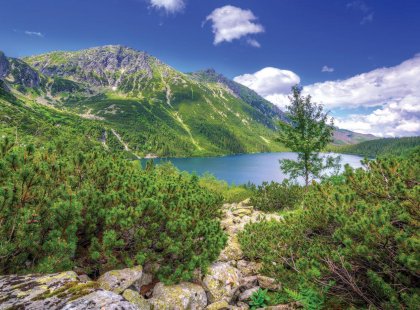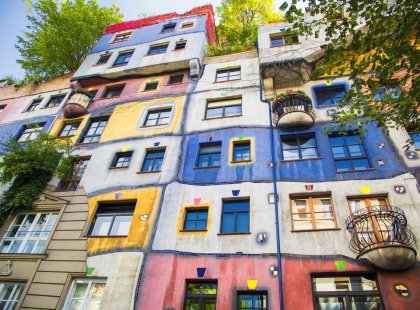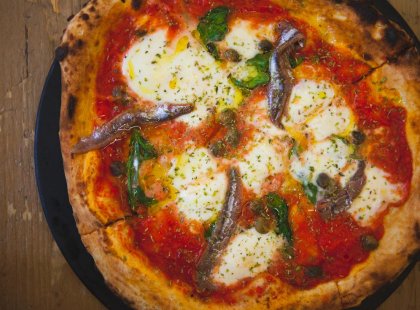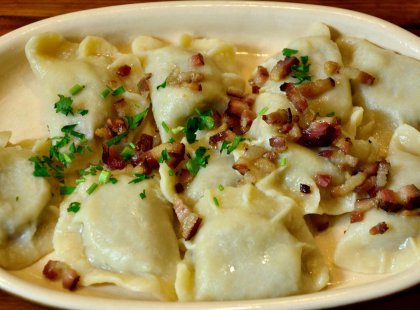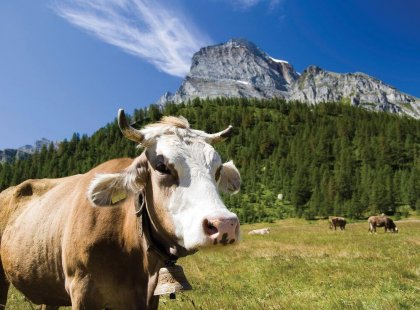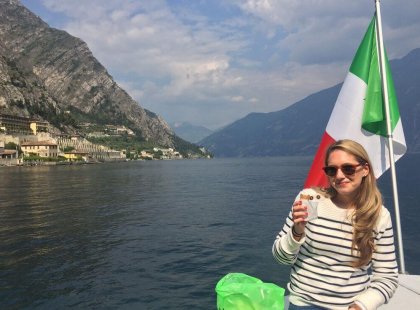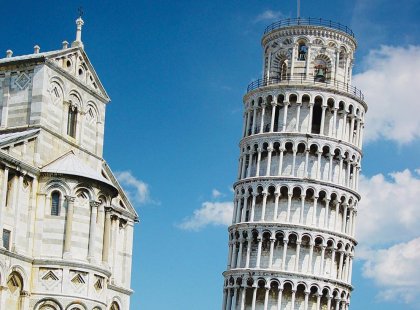Discover Italy, Austria, the Czech Republic, Poland and Hungary on this epic European adventure. From the iconic sights of Rome to the grand architecture of Budapest, this 38-day adventure covers all the highlights – and quite a few secret gems – of Italy and Central Europe. Enjoy a Renaissance revival in Florence, marvel at the Leaning Tower of Pisa and see Cinque Terre’s stunning coastline and pastel villages. Compare the world-class wines of the Piedmont region with that found along the famous South Tyrolean Wine Road. Admire the splendour of Lake Como and explore Venice’s maze of canals on a gondola ride. After getting your fill of Italian vibes and delicious cuisine, travel further inland to discover the old-world charm of Salzburg and Vienna, visit the haunting underground city of Osowka and learn its dark origins, then get active trekking among the high-altitude lakes and waterfalls of the Tatra Mountains. This bucket list-packed adventure has it all.
-
Duration: 38 daysService level: Standard
-
Physical Grading: Light
-
Ages: 15+
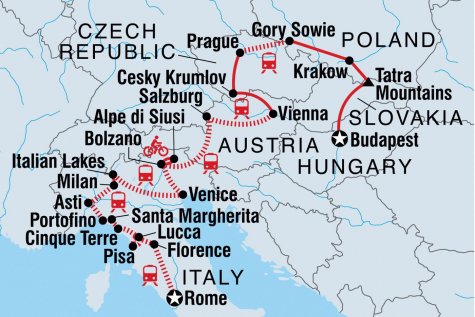
Itinerary
Inclusions
Included
- Lucca Bicycle Tour
- Pisa Half Day Trip
- Cinque Terre Day Trip, including Cinque Terre Pass
- Portofino Peninsula Walk and Boat Ride
- Village Winery Visit & Wine Tasting
- Milan Duomo Roof Visit
- Milan Half Day Trip
- Lake Como Ferry Pass
- Venice Traghetto Boat Ride
- Wine And Bike Tour South Tyrolean Wineroad
- Alpe di Siusi Cable Car
- Rauchhütte Lunch
- Scenic Walk with Local Storyteller
- Prösels Castle Visit
- Hohensalzburg Fortress visit
- Cesky Krumlov Cycling trip (weather and season permitting)
- Visit to Underground City of Osowka
- Tatra Mountains Hike (not between Nov and Mar)
- Smokovec Funicular
- Tatranska Lomnica Gondola
-
Transport
Train, Public bus, Private vehicle, Metro, Bicycle -
Accommodation
Hotel (32 nights), Pension (2 nights), Private Apartment (3 nights)
